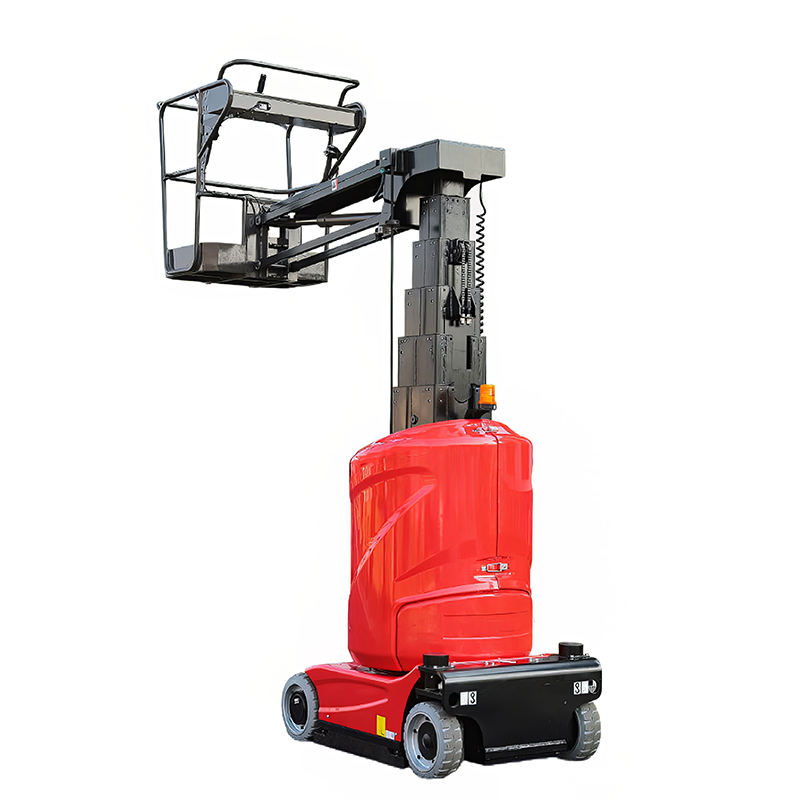Precise positioning of VERTICAL MAST BOOM LIFT WITH JIB is crucial for ensuring the safety and efficiency of elevated work tasks.
Vertical Reach: Vertical mast-type aerial work platforms with booms are designed to provide precise vertical reach to access specific heights. The ability to raise and lower the platform smoothly and accurately is a fundamental characteristic of precise positioning.
Horizontal Reach: These platforms often come equipped with booms that can extend horizontally. Precise positioning includes the accurate extension and retraction of the boom to reach work areas that are not directly above or below the platform's base.
Articulation and Rotation: Many aerial work platforms have articulated booms or jibs that allow for flexible positioning. Precise control of these articulations, as well as the platform's ability to rotate, enables operators to access work areas from different angles and orientations.
Smooth and Gradual Movements: Operators should be able to control the platform's movements smoothly and gradually. This includes raising and lowering the platform, extending and retracting the boom, and articulating or rotating the platform. Jerky or abrupt movements can lead to instability and safety hazards.
Fine-Tuning Controls: Precise positioning often involves fine adjustments to align the platform with the work area precisely. Aerial work platforms may have fine-tuning controls that allow operators to make minute adjustments for accurate positioning.
Stabilization: Stability is crucial for precise positioning. These platforms are often equipped with outriggers or stabilizers that need to be deployed and positioned correctly to ensure stability when working at height.
Load Capacity: Operators must be aware of the platform's load capacity and ensure that it is not exceeded. This includes accounting for the weight of the operator, tools, and materials being used.
Safety Measures: Precise positioning should always be done in compliance with safety guidelines and regulations. This includes the use of personal protective equipment (PPE), fall protection measures, and adherence to safety protocols.
Communication: Clear communication between the operator and ground personnel is essential for precise positioning. Hand signals, two-way radios, or other communication methods should be used to convey instructions and coordinate movements.
Monitoring and Inspection: Operators should continuously monitor the platform's position, stability, and any changes in the work environment. Regular inspections of the equipment for any signs of wear or damage are also essential for safe and precise operation.
Emergency Procedures: Operators should be trained in emergency procedures, including how to lower the platform in the event of a power failure or other emergencies.


• Proportional Joystick Controls
• Self-Locking Gates
• Drivable At Full Height
• Non-Marking Tires
• Two-Wheel Drive
• Two-Wheel Steering
• Automatic Braking System
• Emergency Descent System










 Español
Español















